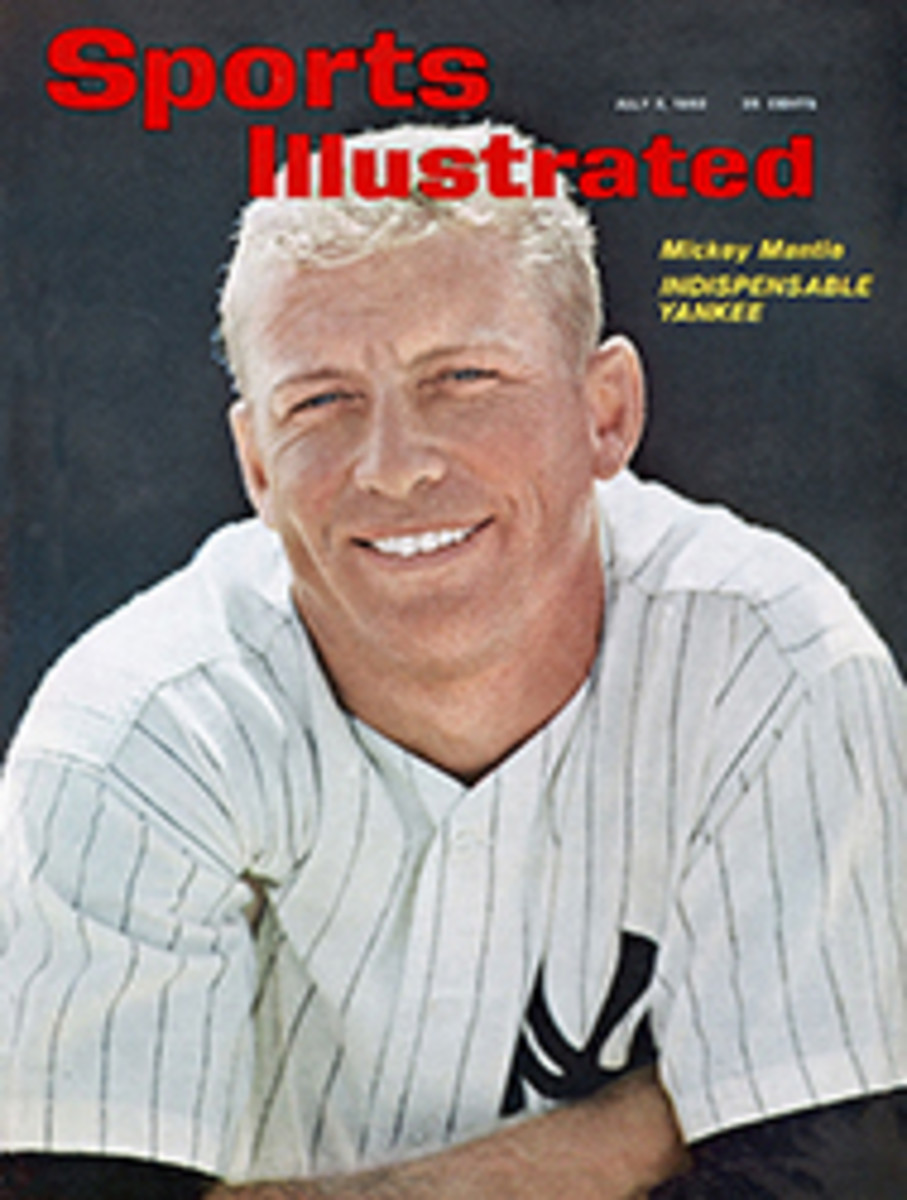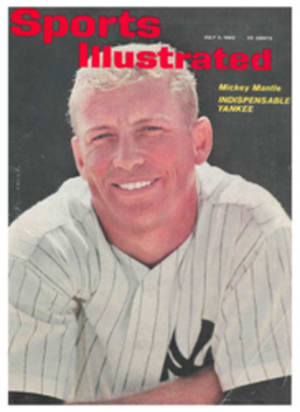
Perfect Relief for the Babe
Ernie Shore, a tall, lanky pitcher from North Carolina, made himself comfortable in the corner of the Red Sox dugout at Fenway Park in Boston. It promised to be a long, lazy afternoon for Shore—that afternoon of June 23, 1917. The Red Sox were playing the Washington Senators in a doubleheader, and Shore, who had pitched against the Yankees two days before, expected to watch both games from his cozy spot on the bench. The Red Sox pitchers were Babe Ruth and Dutch Leonard, and against Washington, then as now, it seemed certain they would be sufficient.
Ruth, starting the first game, walked Ray Morgan, Washington's lead-off hitter. Ruth had argued with Umpire Brick Owens on the ball three pitch and now he stalked off the mound toward the plate. Owens whipped off his mask and advanced to meet him, whereupon Ruth threw a looping right-hand punch. Some say the punch caught Owens on the jaw, others say the left ear but, in any event, both Ruth and his catcher, Chet Thomas, were thrown out of the game.
Black Jack Barry, the Red Sox manager and second baseman, spotted Shore in the corner of the dugout. "He asked me if I'd pitch until he could get someone else warmed up," Shore recalls. "In those days you were only allowed five practice pitches. Sam Agnew went in to catch."
On Shore's first pitch, Morgan tried to steal second. "It was a good move," says Shore. "Morgan figured I wouldn't be able to get much on the pitch and that Agnew wouldn't be ready. But Sam threw him out."
The next two batters hit the ball directly at Boston infielders, and Shore was out of the inning. "Barry asked me if I wanted to continue and I told him sure. I went down to the bullpen and threw and by the time the second inning began I was loose."
Shore was a good pitcher, and he threw a wicked overhand fast ball that dipped. It was dipping sharply on that afternoon at Fenway Park and as the game wore on, Washington batters kept beating the ball into the ground. None of them had reached base safely as the ninth inning began with the Red Sox leading 4-0.
The first batter, Hank Shanks, went out easily, but the next one, Catcher John Henry, hit a mean line drive to left field, the only hard-hit ball off Shore that day. Duffy Lewis, the Red Sox left fielder, was playing Henry perfectly, however, and he caught the ball without moving a step.
With only one out left, Washington Manager Clark Griffith sent in Leaping Mike Menosky, a left-handed batter with good speed, to hit for the pitcher. Menosky pushed a bunt to the right of the mound, a tactic usually considered unsportsmanlike when a man is pitching a no-hitter. "That's the way Clark Griffith was," says Shore. "He never gave the opponents a thing."
Shore reached for the bunt but it was by him. As Menosky raced down the line, Jack Barry charged in from second, scooped up the ball and flipped it to first base. It was close, but Menosky was out. Ernie Shore had pitched a perfect game. Or had he?
Baseball men concerned with records have debated for over 40 years how Shore's game should be listed. Some argue that since Shore was not the starting pitcher he did not pitch a complete game and that it therefore cannot be listed as a perfect game. Others more kindly feel that since Shore retired 27 men in a row, allowing none to reach base, he should, be given due credit.
Shore himself, now the sheriff of Forsyth County in North Carolina, is happy to let the argument continue, for it has brought him more publicity than, say, Addie Joss or Charley Robertson, both of whom pitched routine, uncontroversial perfect games which few remember anymore.
"Practically everyone has heard of me," says Shore today. "If I have to pick up a prisoner in some remote spot, I generally get special treatment I wouldn't get otherwise. People are always asking me about that game. I can't say I really mind."

